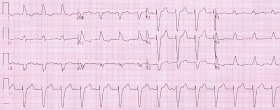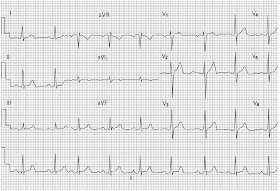Geographic tongue is a benign, chronic condition of unknown cause. It is present in around 13% of the population and is more common in females.
As the name suggests in this condition there is a map-like appearance on the upper surface and sides of the tongue. It may occur in other areas of the mouth, as well.
Although geographic tongue may look alarming, it doesn't cause health problems and isn't associated with infection or cancer.
Clinical Features
- Erythematous areas with a white grey border (the irregular, smooth red areas are said to look like the outline of a map).
- The patches may vary in size, shape, and color.
- These patches come and go or change very quickly in days, weeks, or months
- Some patients report burning after eating certain food.
- Many people with geographic tongue have no symptoms.
















































